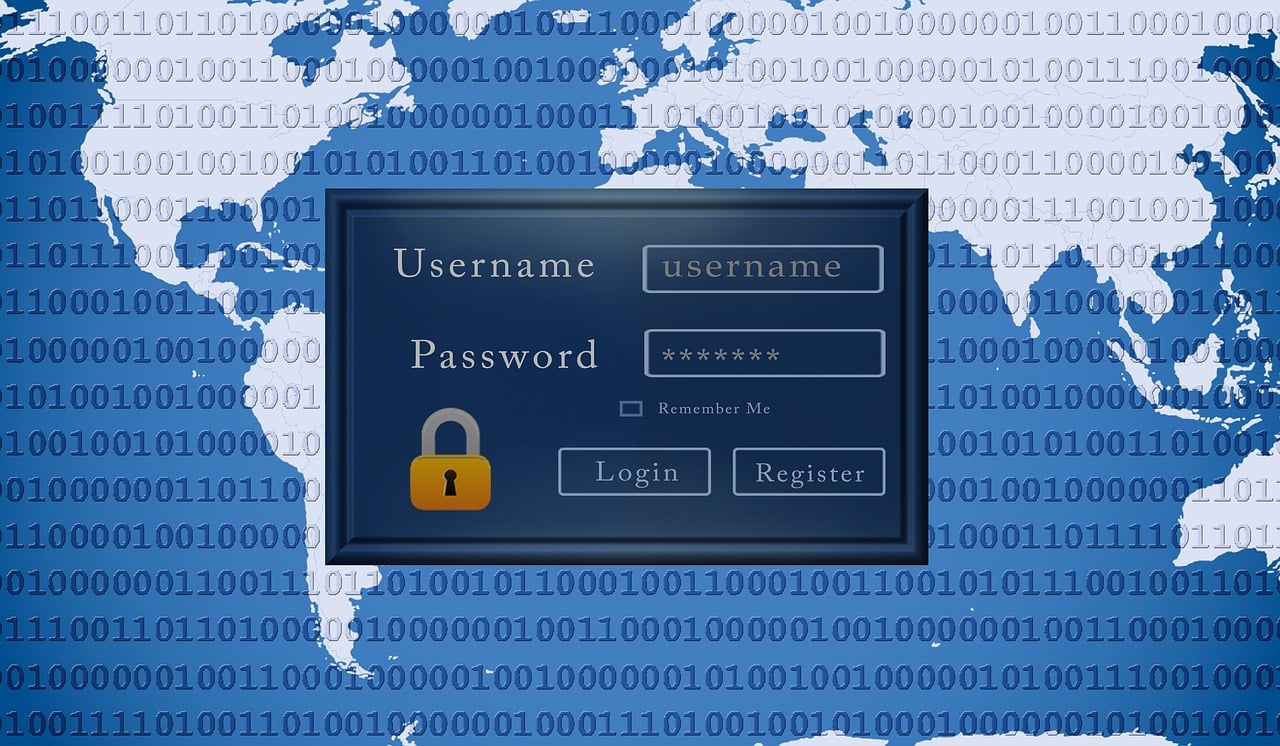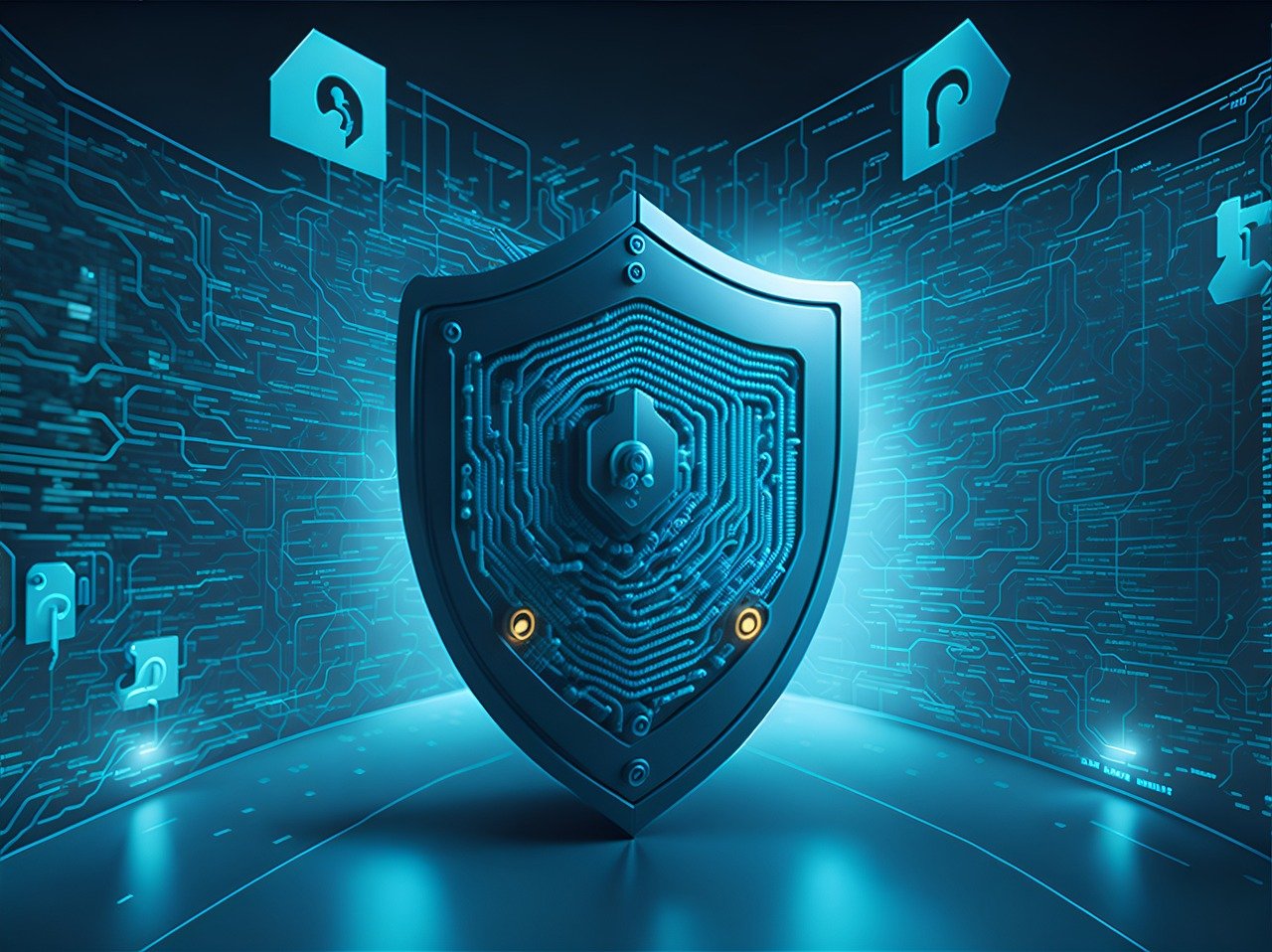Here, I will talk about advanced authentication and how to strengthen your digital defense.
In today’s interconnected world, where digital threats continue to evolve, safeguarding sensitive information has become more critical than ever. Traditional authentication techniques, such as passwords and PINs, are no longer enough to safeguard against sophisticated assaults.
CSO Online recently reported a concerning trend in the cybersecurity landscape: a significant rise in authentication-related attacks throughout 2022. The study, commissioned by HYPR, a leading provider of passwordless multifactor authentication (MFA) solutions, highlighted the vulnerability of outdated, password-based authentication systems.
As a result, advanced authentication mechanisms have emerged, offering enhanced security and protection for individuals and organizations alike. This article explores the rise of advanced authentication and its role in strengthening digital defense.
Table of Contents
The Inadequacy of Traditional Authentication
Traditional authentication methods, such as passwords and PINs, have long been the standard for accessing digital platforms. However, they suffer from several inherent weaknesses that make them vulnerable to exploitation.
Common issues include weak passwords, password reuse across multiple accounts, and susceptibility to brute-force attacks. Cybercriminals have become adept at bypassing these security measures, leading to an alarming increase in data breaches and identity theft.
A recent survey conducted by GoodFirms revealed that weak passwords continue to pose a significant security risk. The survey targeted IT professionals and found that 30% of respondents had experienced a data breach directly caused by weak passwords.
The Evolution of Advanced Authentication
Advanced authentication methods have gained popularity to counteract the limitations of traditional authentication. These mechanisms leverage innovative technologies and techniques to provide an extra layer of security.
KYC (Know Your Customer) and EDD (Enhanced Due Diligence) are crucial components of advanced authentication, particularly in finance, banking, and online marketplaces.
These practices go beyond traditional authentication by verifying the identity of individuals or organizations before granting access to sensitive information. You can learn more about them at Au10tix.
There is also biometric authentication. It uses unique physical or behavioural traits, such as fingerprints, facial recognition, or voice patterns, to verify a user’s identity. This approach significantly reduces the risk of unauthorized access, as biometric data is difficult to replicate or forge.
READ ALSO: 2024 Cybersecurity: The Rise of CyberAttacks
Multi-Factor Authentication (MFA)
MFA has emerged as an effective method for enhancing digital protection. Unlike single-factor authentication, which is based on a single piece of information, multi-factor authentication requires users to present various forms of identity before giving access.
This might involve a mix of something the user knows (for example, a passcode), something the user possesses (for example, a security token), and something the user has (for example, biometric data). By integrating many criteria, MFA makes it substantially more difficult for fraudsters to get illegal access.
According to statistics on Zippia, in 2017, the usage of MFA stood at a modest 28% of accounts. However, by 2021, that figure had skyrocketed to an impressive 78%. This represents a remarkable surge of 178% in just four years, indicating a growing recognition of the importance and effectiveness of MFA in bolstering security measures.
The Role of Artificial Intelligence
Artificial intelligence (AI) has revolutionized various aspects of cybersecurity, including authentication. AI-powered authentication systems utilize machine learning algorithms to analyze vast amounts of data and identify patterns that help distinguish legitimate users from potential threats.
These systems can detect anomalies, such as unusual login times or locations, and prompt additional verification steps if needed. By continuously learning and adapting, AI-driven authentication systems stay one step ahead of malicious actors.
Strengthening Authentication with Blockchain
Blockchain technology, famous for its association with cryptocurrencies, also finds applications in authentication. By leveraging blockchain’s decentralized and tamper-resistant nature, authentication processes can be significantly enhanced.
Blockchain-based authentication systems eliminate the need for a centralized authority to validate and store user identities, reducing the risk of data breaches and single points of failure. Additionally, the immutability of blockchain records ensures the integrity of authentication transactions.
Overcoming Challenges and Shaping the Future
While advanced authentication mechanisms offer significant benefits, challenges remain. User acceptance, implementation complexity, and interoperability between different systems are some of the hurdles that must be overcome.
Additionally, as authentication methods become more sophisticated, so do the techniques employed by cybercriminals. Continuous innovation and collaboration between technology providers, organizations, and security experts will be crucial in staying ahead of these evolving threats.
Key Takeaways
The rise of advanced authentication mechanisms represents a crucial step forward in strengthening digital defense against evolving cyber threats. Traditional authentication methods have proven inadequate, with weak passwords and password reuse being exploited by cybercriminals.
Advanced authentication, including biometrics, multi-factor authentication, AI-powered systems, and blockchain-based solutions, addresses these vulnerabilities and offers enhanced security. The growing adoption of MFA and the incorporation of AI and blockchain in authentication processes demonstrate a recognition of their effectiveness.
However, challenges such as user acceptance and implementation complexity must be addressed.
To ensure a secure digital future, ongoing innovation, collaboration, and proactive measures are essential to stay ahead of ever-evolving cyber threats.
INTERESTING POSTS
About the Author:
Daniel Segun is the Founder and CEO of SecureBlitz Cybersecurity Media, with a background in Computer Science and Digital Marketing. When not writing, he's probably busy designing graphics or developing websites.









